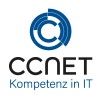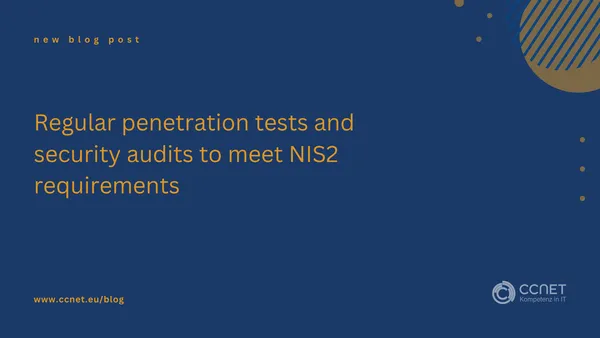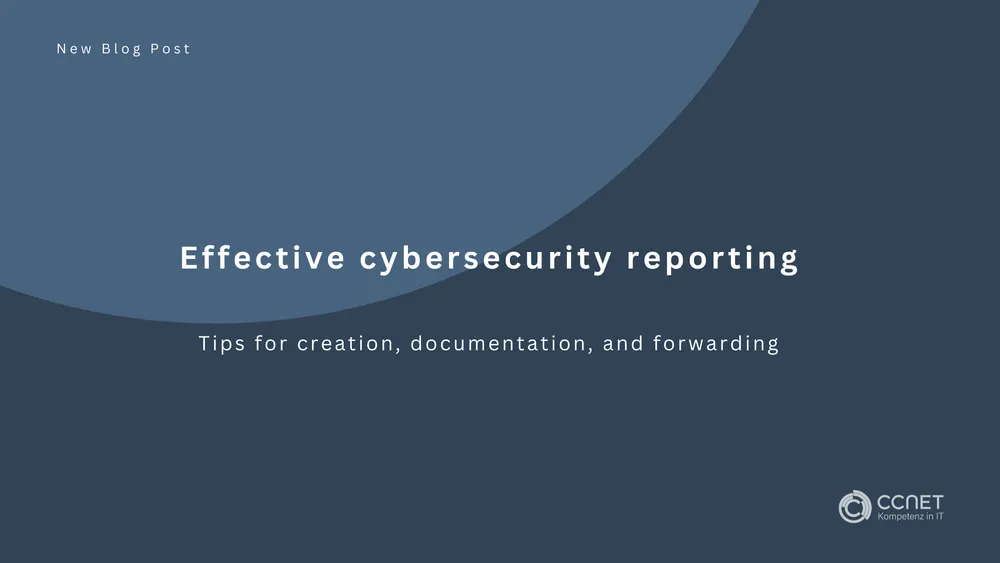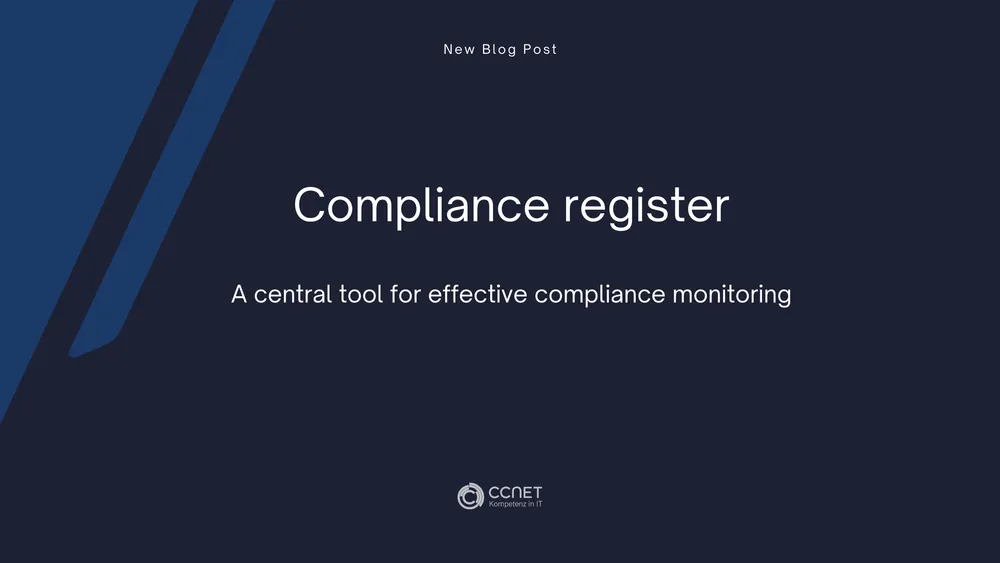
CCNet
Jan 10, 2025 • 2 min read

Regular Penetration Testing and Security Audits to Meet NIS2 Requirements
The regular use of penetration tests and security reviews is a crucial factor in identifying and addressing vulnerabilities in a company's IT systems at an early stage. A company implements these measures to continuously ensure and improve network security.
Goal of the Process
The purpose of these security reviews is to identify potential vulnerabilities in the IT systems and to address them within a specified time frame. This ensures a high level of security for networks and systems.
Scope and Frequency of the Process
The process covers all critical IT systems, networks, applications, and databases. In addition to the annual penetration tests, additional reviews can take place if necessary, such as after significant changes to the IT infrastructure or in response to new threats.
Steps in the Process
First, careful planning and preparation for the penetration tests takes place. The IT security officer and the IT team define the goals and scope of the tests, select suitable external security experts, and define the methodology and scenarios to be tested. The testing period is also determined.
The penetration tests are carried out by an external service provider or an expert, who acts according to the methods previously established. Both technical attacks on the systems and social engineering tests are used to thoroughly identify potential vulnerabilities. After the tests are completed, the security expert analyzes the results, assesses the risks, and creates documentation with recommendations for countermeasures.
Subsequently, the IT security officer receives the detailed report from the security experts, summarizes the key findings, and presents them to the management. This presentation includes not only the identified vulnerabilities but also their potential risks and suggestions for measures to minimize these risks.
The IT team is then responsible for addressing the identified vulnerabilities. A clear prioritization is made, ensuring that vulnerabilities with high risks are addressed first. All corrective actions taken are documented and regularly reviewed to ensure their effectiveness.
To ensure that the security measures are effective, a re-assessment is carried out after the issues have been addressed. This can either be done through internal audits or follow-up tests by external experts.
Results from the penetration tests and security reviews contribute to the continuous improvement of the cybersecurity strategy. Insights from these tests are used to further optimize future security strategies and processes. In addition, all results and actions are documented in a way that ensures auditability for future audits.
Responsibilities
Within this process, the IT security officer plays a central role: he coordinates the tests, communicates the results to management, and oversees the implementation of the actions. The tests themselves are conducted by external security experts, while the IT team is responsible for addressing identified vulnerabilities.
Reporting and Continuous Improvement
After the tests, a detailed report is created and presented to the management. This report summarizes all identified vulnerabilities, implemented security measures, and an updated security assessment. The execution of penetration tests and security reviews is regularly adjusted to new threats and technological developments. In this way, the security measures remain effective and up-to-date.
Benefits of Regular Security Reviews
Conducting penetration tests and security reviews offers a number of benefits. Vulnerabilities can be identified early, before they are exploited by attackers. The targeted resolution of these vulnerabilities ensures high effectiveness of the security measures. Additionally, the continuous improvement of the cybersecurity strategy helps to stay prepared for current threats.


